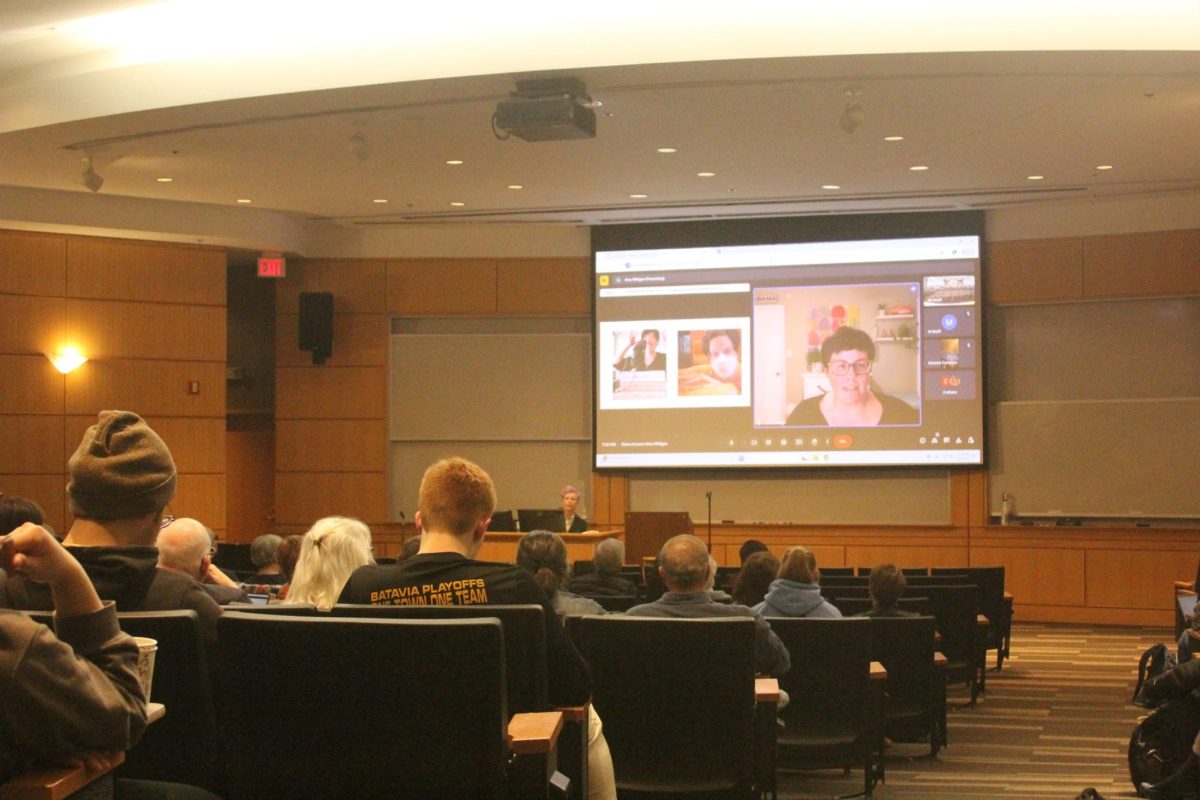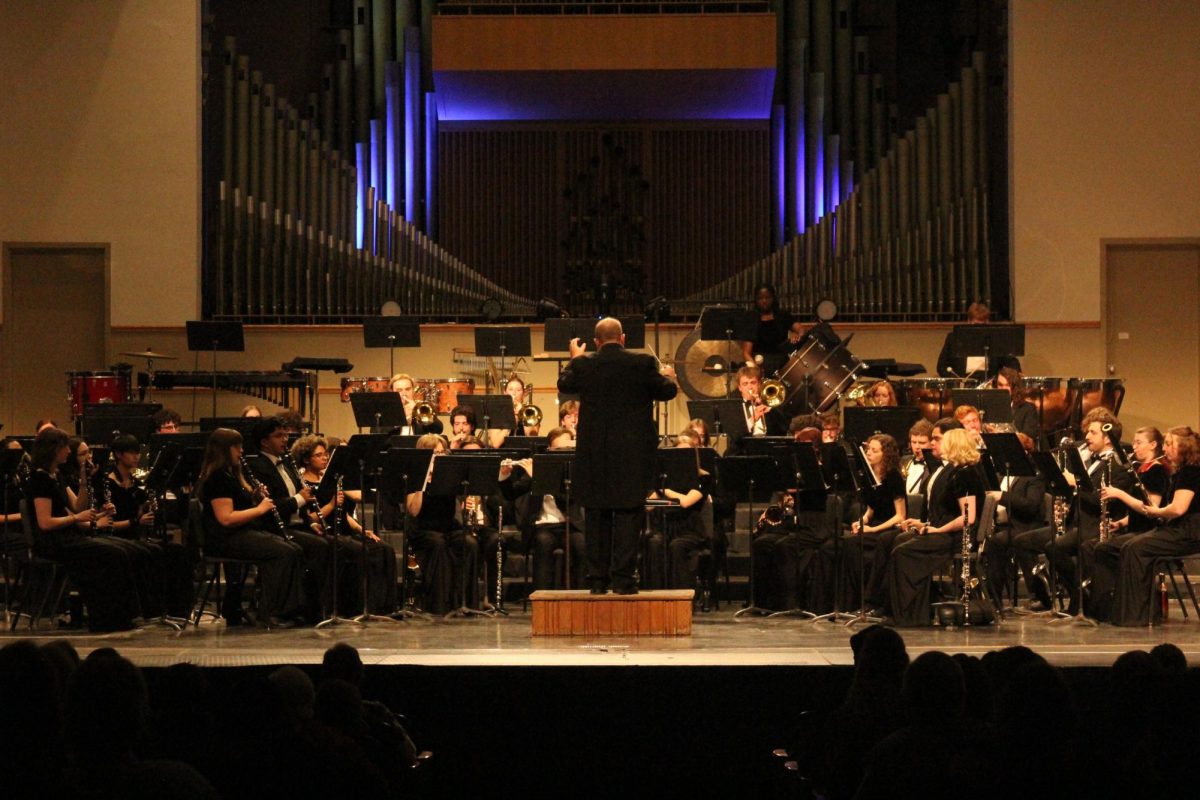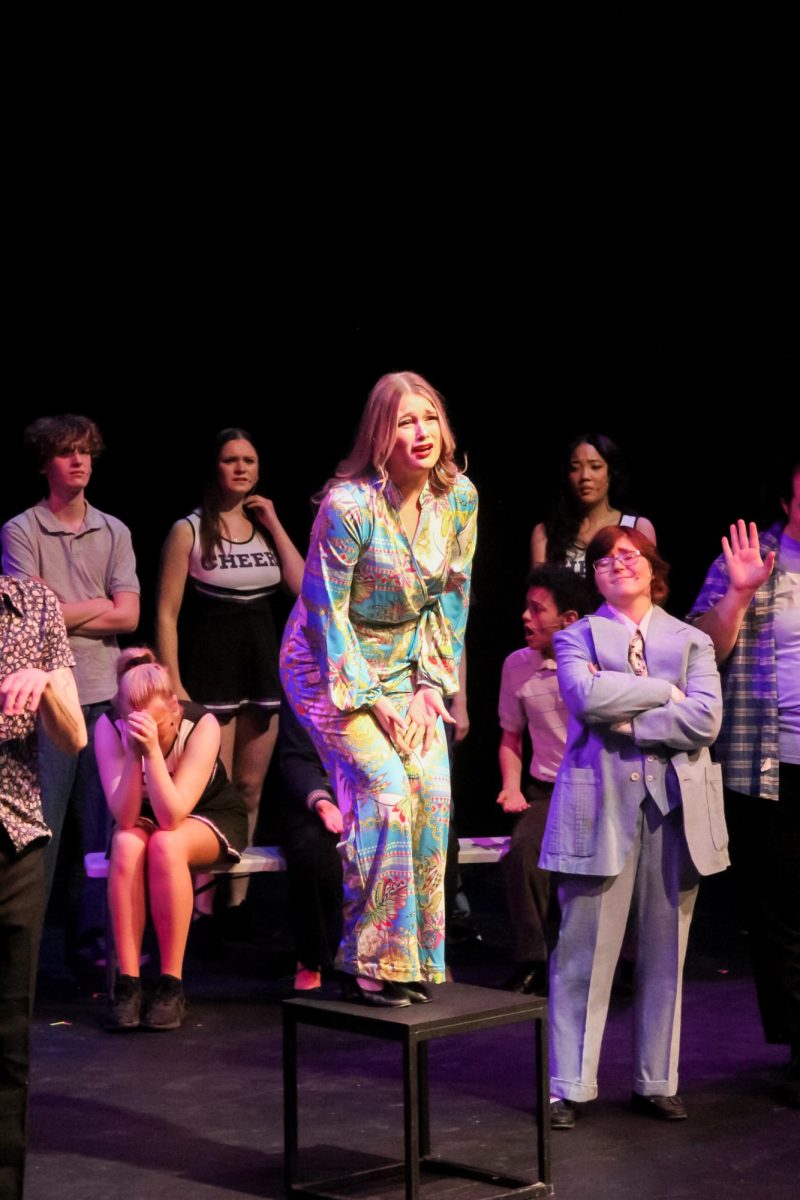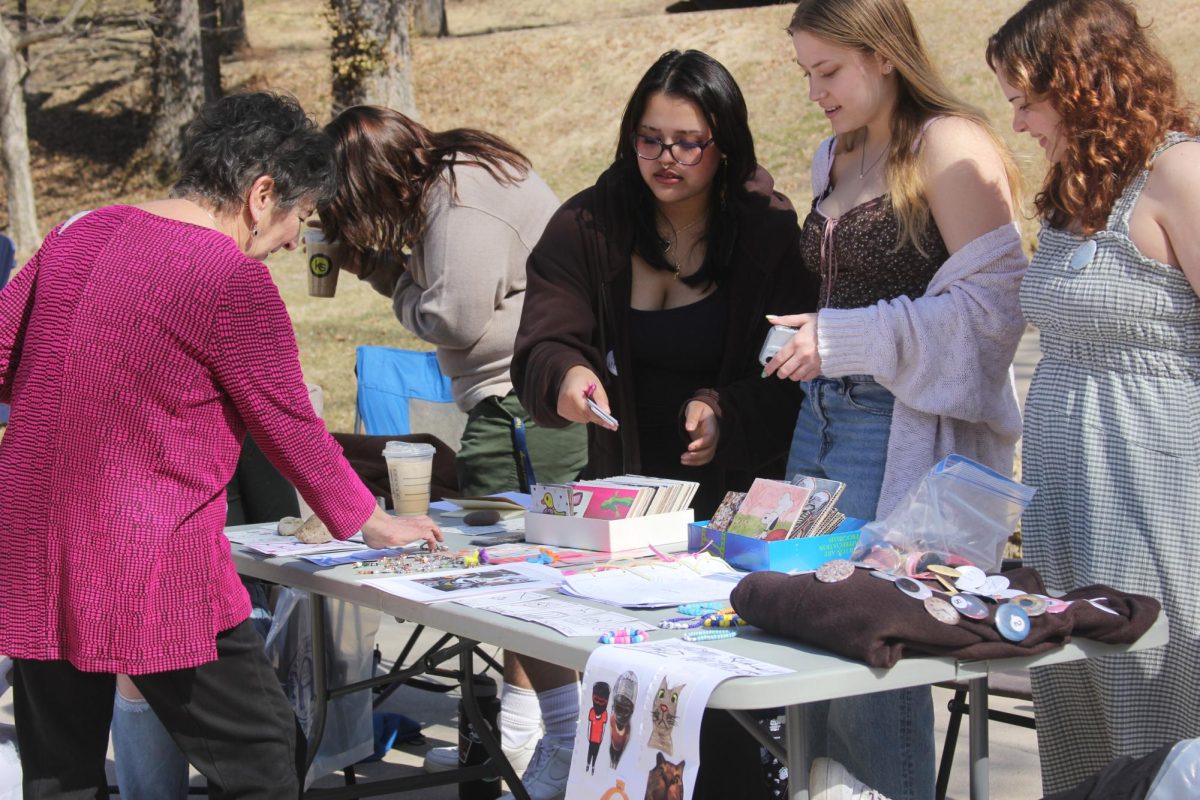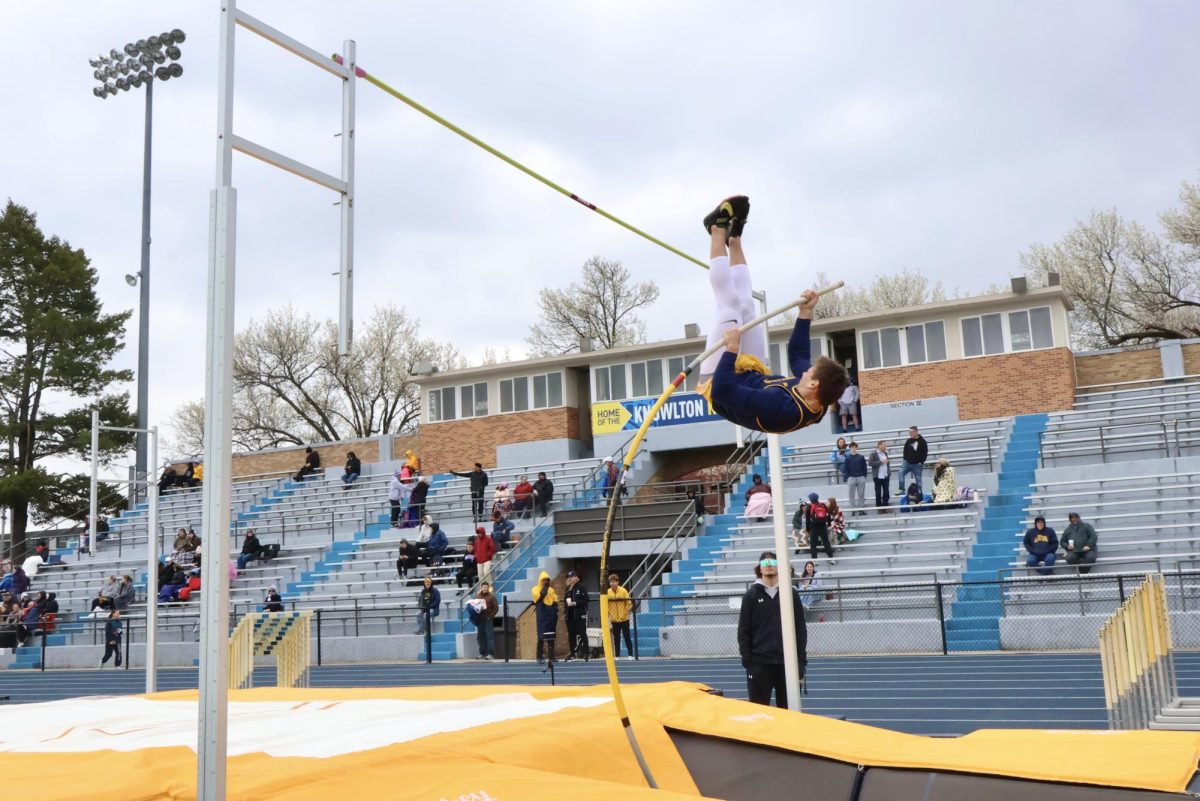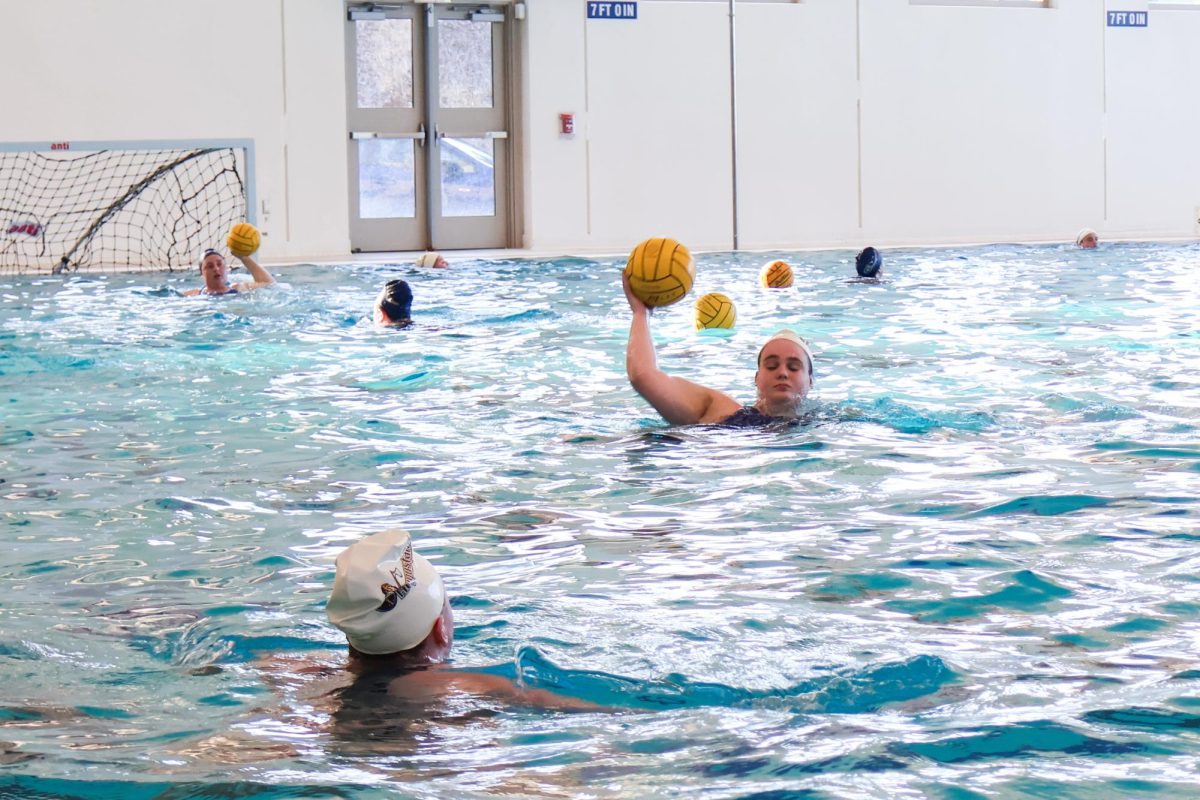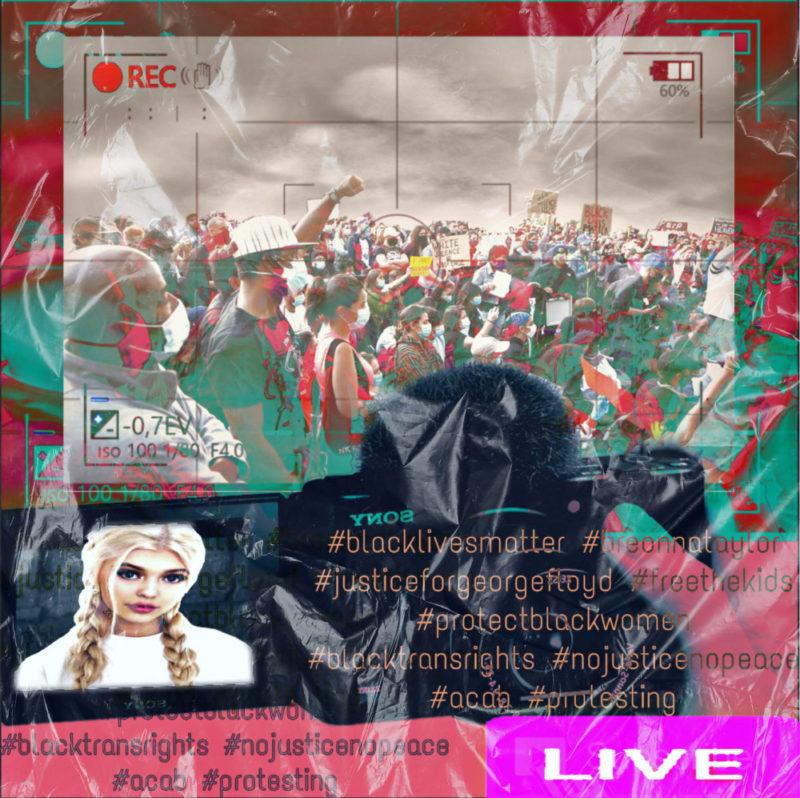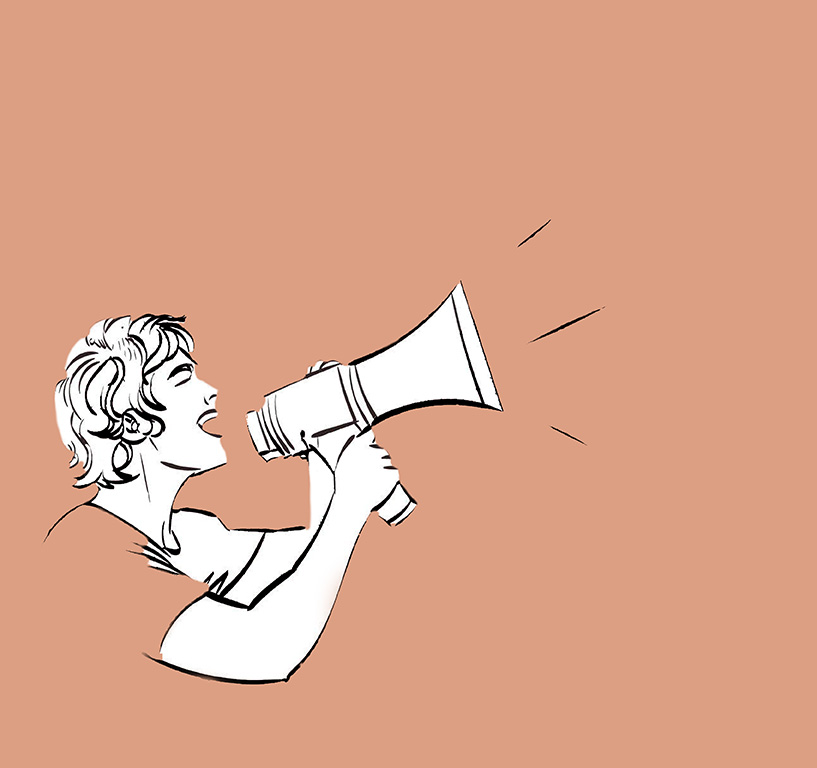This story is from the Observer’s Injustice and inequalities inside Augie magazine publication. Print March 2021.
Editor’s Note:
Gay athletes are not talked about much, and whether that’s because there aren’t many out athletes or because nobody has asked to talk to them is an interesting question. I reached out to numerous friends and groups that I thought could help me find athletes to interview, since doing so on my own was proving unsuccessful, and it was still not easy. I received the names of about ten athletes, with only two being out and comfortable with an interview. A couple were out but not too keen on being interviewed, and there were numerous times the athlete in question were not out to many people, or mistakenly identified as part of the LGBTQ+ community.
While same-sex marriage was legalized in the United States in 2015, and while that was a big step forward, that doesn’t mean discrimination against those in the LGBTQ+ community has stopped.
Amy Nicholson of the women’s dive team opened up about her experiences as being an openly bisexual athlete at Augustana.
“I’m comfortable with my team, but I’m lucky,” Nicholson said. She described the environment on the swimming and diving team, explaining that though the men’s and women’s teams are technically separate, they practice together and act as one big team.
Nicholson suggested that being in an environment where the teams are not divided by gender may be a contributing factor to her team’s acceptance of her sexuality.
Annie Timm of the women’s tennis team, another athlete identifying as bisexual, said that she felt safe and included at Augustana in general, and within the athletic department specifically. Both Timm and Nicholson said that they felt as a whole that Augustana is a very accepting community, yet the athletic department falls short in promoting inclusivity of the LGBTQ+ community.
“They don’t really ask. They always focus on diversity as an aspect of racial or ethnic background. I don’t think they pay much attention to [LGBTQ+ athletes] or consider it as something important,” Nicholson said. “I don’t think it’s malintent, I just don’t think they consider it really.”
While Timm feels comfortable in her own sexuality, she believes that some sort of inclusivity training regarding LGBTQ+ athletes may be beneficial to others in feeling better about coming out to their team.
Jon Miedema, head coach of the women’s tennis team, described his approach to including every player on his team. One way he does this is by breaking up his athletes into smaller groups and giving them a space to talk about what’s going on in their lives and how they can be supported by each other.
He also talked about the message ‘respect yourself and respect others’ he tries to instill in his team. “How we talk and how we interact with others matters,” Miedema said. “I trust that our players are respectful of everyone in any situation.”
Out of all the athletes interviewed for this article, the Observer was unable to find a LGBTQ+ identifying male athlete to speak on the subject. While it could be because there are simply not many LGBTQ+ athletes on any men’s teams, or because men, particularly male athletes, are less likely to feel comfortable or accepted when they come out.
“Guys are taught their whole lives ‘don’t play like a girl,’ or that sports are a manly thing,” Nicholson said. “I think guys just feel like they have to be a man in the sport they’re playing, and whether it’s your sexual orientation or gender identification, identifying as anything other than a straight male takes away from those manly qualities.”
Timm said the general characteristics of women’s teams versus men’s teams seem to differ in accepting different sexual identities. “I feel like girl sports are a lot more inclusive,” Timm said.
Graphic by Michael Tarchala, freelance.


